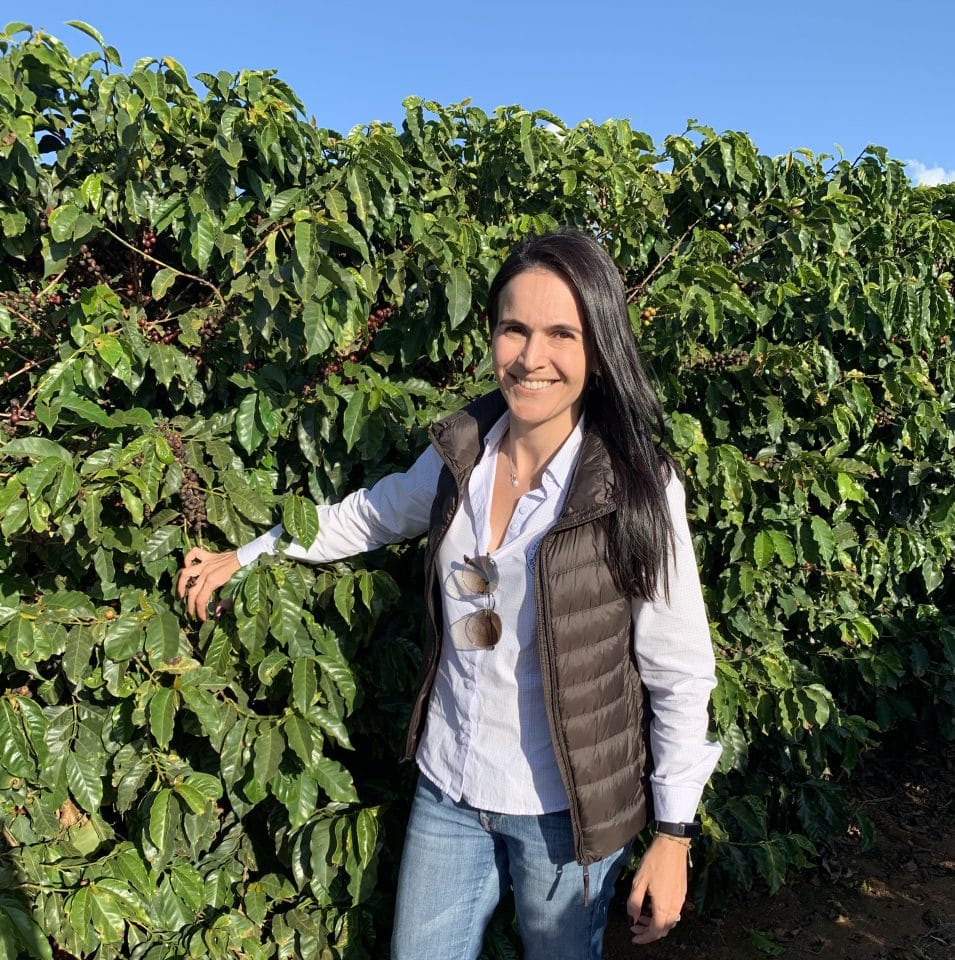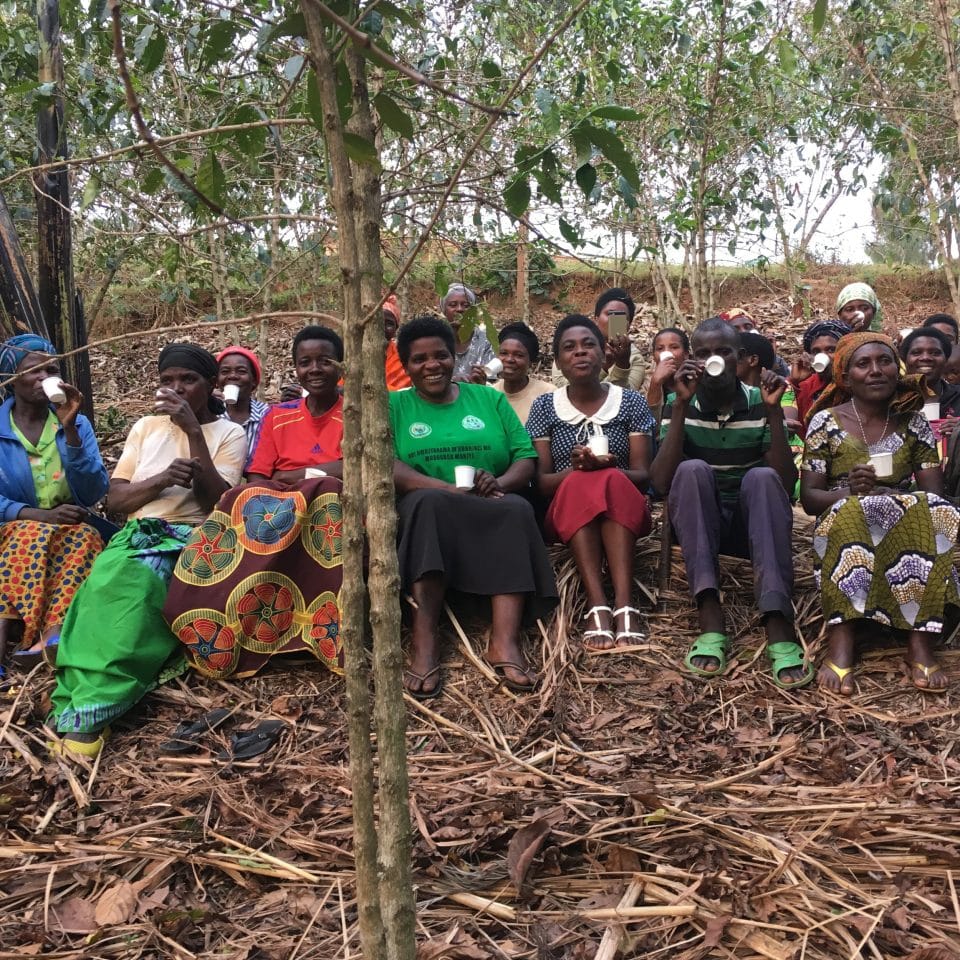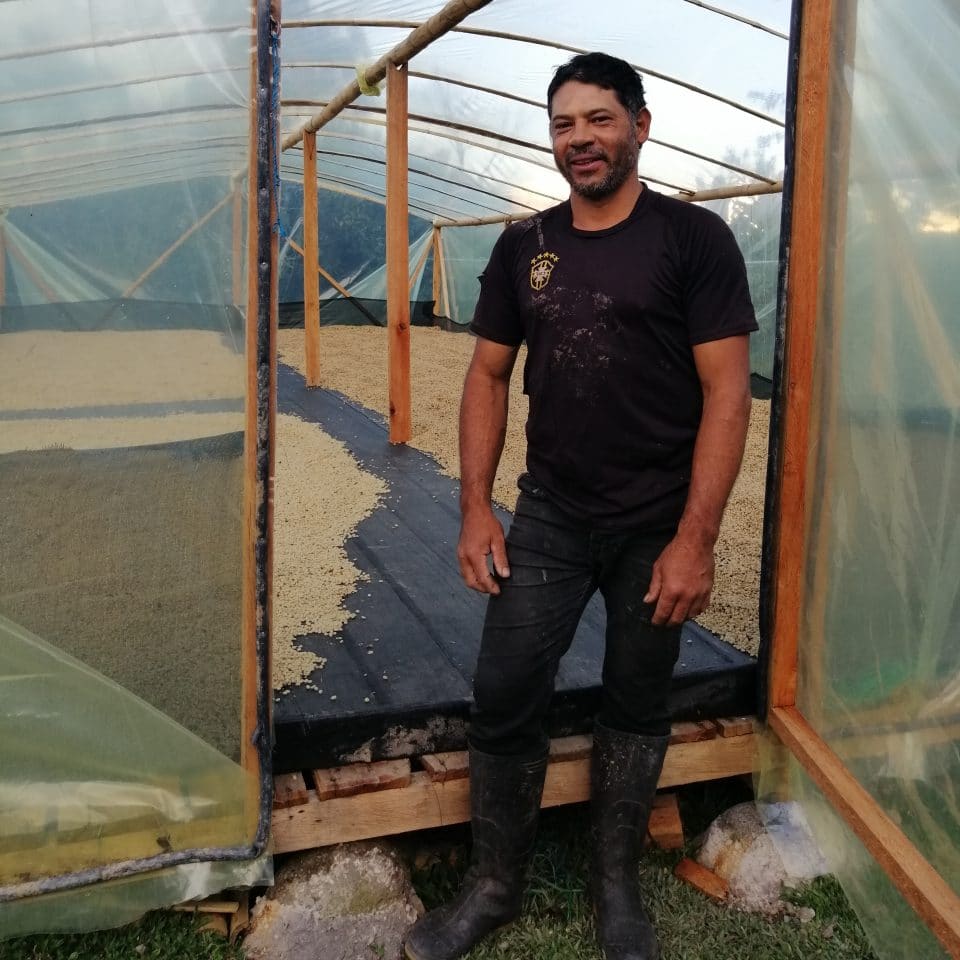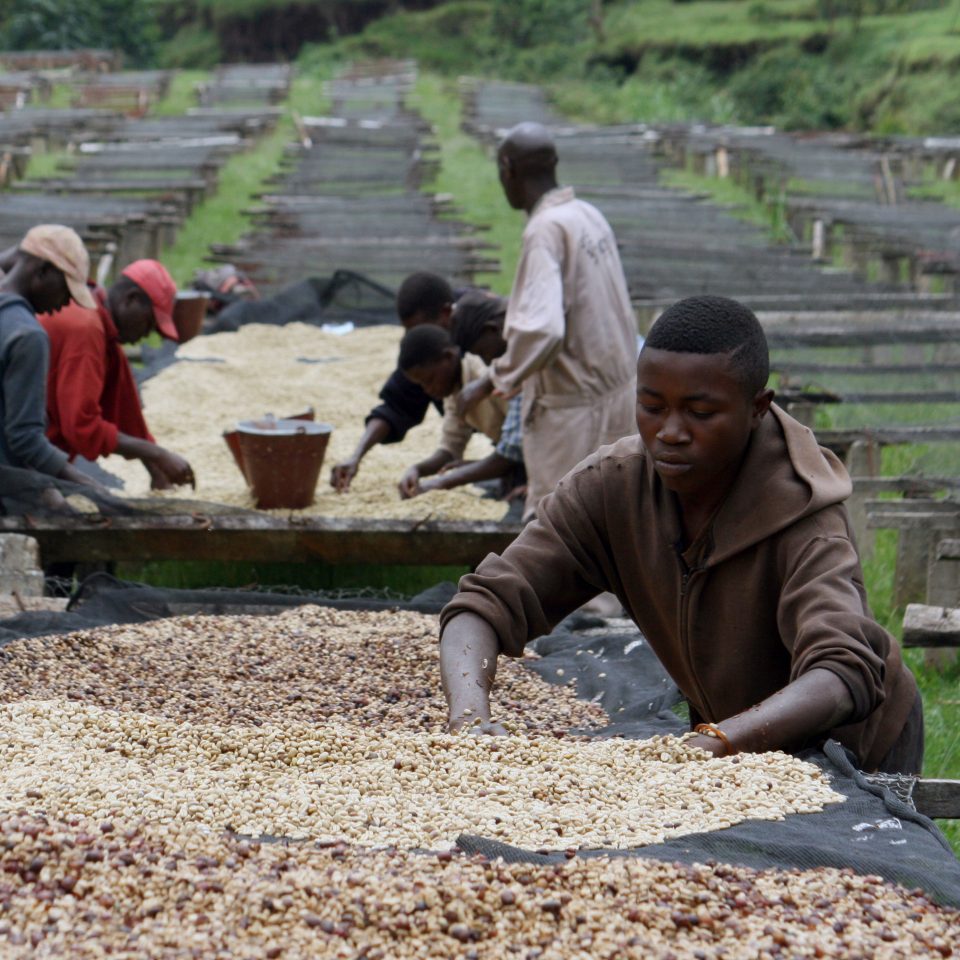Here in the United States, the pandemic dealt a painful blow to the specialty coffee industry with cafes shuttering across the nation in an effort to stop the spread of COVID-19. However, these same preventative measures have caused daily life to grind to a halt even in the most remote coffee-growing corners of the world, cutting off producers from the labor upon which they depend during harvest season, curbing vital transportation, and increasing production costs.
Because the coffee harvest season arrives at different times around the world, some producing countries were just finishing their harvests when the pandemic began to spread globally, while in other regions, the harvest was just getting underway. With travel bans in place and our usual origin trips cancelled, we’ve been checking in on our partners virtually to see how they’re adapting to these challenging circumstances. Here are some of their stories, which we’ll be sharing in several parts over the coming weeks.

Part 1: Veloso Family, Brazil
Cerrado, Minas Gerais, Brazil
Harvest Time: May-July
The Veloso family supplies a key component of many of our year-round coffees. Anike Wolthers of Red Container Coffee visited the Veloso farms during harvest and reports back.
Read more: Part 1: Veloso Family, Brazil
 Part 2: Ejo Heza Cooperative, Rwanda
Part 2: Ejo Heza Cooperative, Rwanda
Mushubati, Rutsiro District, Rwanda
Harvest Time: April-May
Through Ruth Ann Church of Artisan Coffee Imports and Kopakama’s Quality Control Intern, Grace Izerwe, we present several interviews with Ejo Heza farmers.
Read more: Part 2: Ejo Heza Cooperative, Rwanda
 Part 3: The Guarnizo Family, Colombia
Part 3: The Guarnizo Family, Colombia
Tarqui, Huila, Colombia
Harvest Time: April-July, October-December
For the producers of longtime customer favorite, La Familia Guarnizo, collaboration among the family’s nine siblings has been key to navigating the pandemic.
Read more: Part 3: The Guarnizo Family, Colombia
 Part 4: Kibingo Washing Station, Burundi
Part 4: Kibingo Washing Station, Burundi
Kayanza Province, Burundi
Harvest Time: April-May
Burundi’s delayed and scattered government response prompted private actors like Kibingo Washing Station operator Greenco to take matters into their own hands.
Read More: Part 4: Kibingo Washing Station, Burundi
